There is more to a fish tank than just water and fish. The tank takes on a whole new ecosystem. This can make for some really cool things. It can also complicate things like causing your fish tank to become cloudy. There are many reasons why you have a cloudy tank. In this article, I will be going over the most common reasons why your fish tank looks cloudy.
So let’s try to answer the question, what causes fish tank water to be cloudy:
Why Does My Fish Tank Keep Getting Cloudy? – 12 Common Reasons
1- Overfeeding
Fish can only eat so much food at once before their digestive tracts become overloaded and uneaten food starts to spoil in the tank. This is not only bad for the water quality, but it can also lead to constipation or other ailments that threaten the health of your fish. You should feed your fish no more than they will eat within a few minutes of each feeding. If food is left after 10 minutes, you’re feeding too much.
If you feed your fish every day, you’ll have to clean out uneaten food more often than if you feed them every two days or even once a week. If you can’t remember to clean out uneaten food regularly, consider automating the process with an automatic feeder.
While overfeeding is one of the most common causes of cloudy water, underfeeding is also risky because it leaves the more organic matter in the tank than your filter can handle. When possible, choose a high-quality flake.
2- Overcrowding
Overstocking your aquarium is also one of the most common causes of cloudy water in freshwater tanks. If you have too many fish in your tank, the amount of waste that they produce will exceed what your filtration system can process and the build-up will cause cloudy water.
3- Ineffective Filter
The main job of the filter is to clean the water by removing waste and other harmful chemicals from it. If you do not have a proper filter then chances are that your fish tank water will become cloudy due to the buildup of these chemicals.
Unfortunately, most people don’t know how to choose a good filter for their fish tank.
If you’re just setting up your tank, I recommend using a sponge filter or an undergravel filter. These are two types of filters that will give you the best results and keep your aquarium crystal clear!
4- New Tank Syndrome
When you first set up your aquarium, you’ll need to seed the starter filter media with live bacteria to help build up your beneficial bacteria colony. These bacteria break down waste and help keep your aquarium healthy. However, it takes time for these bacteria to build up enough to handle the bioload in your tank, especially if you’re adding new fish at the same time that you’re setting up your aquarium.
During this time, ammonia levels can spike and lead to cloudy water. Adding a few hardy fish or cycling with pure ammonia will help this process along faster because the bacteria will have something to consume while they’re establishing themselves in your tank.
5- Dead Fish
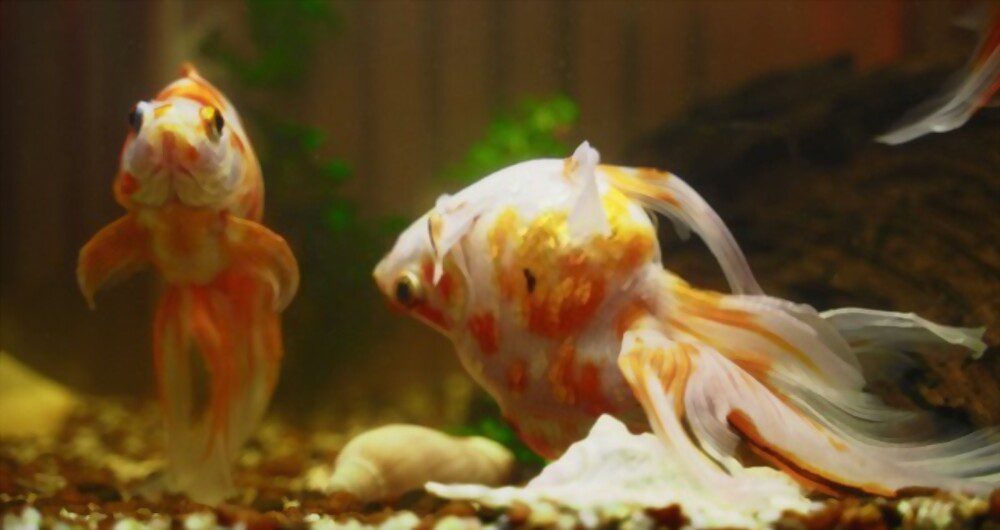
The fifth most common cause of a cloudy tank is that you have dead fish in the tank that hasn’t been removed yet. When a fish dies, it releases ammonia into the water and starts to decompose almost immediately.
This causes ammonia levels to spike in your tank and can result in cloudy aquarium water as well as a foul odor.
6- Bacterial Bloom
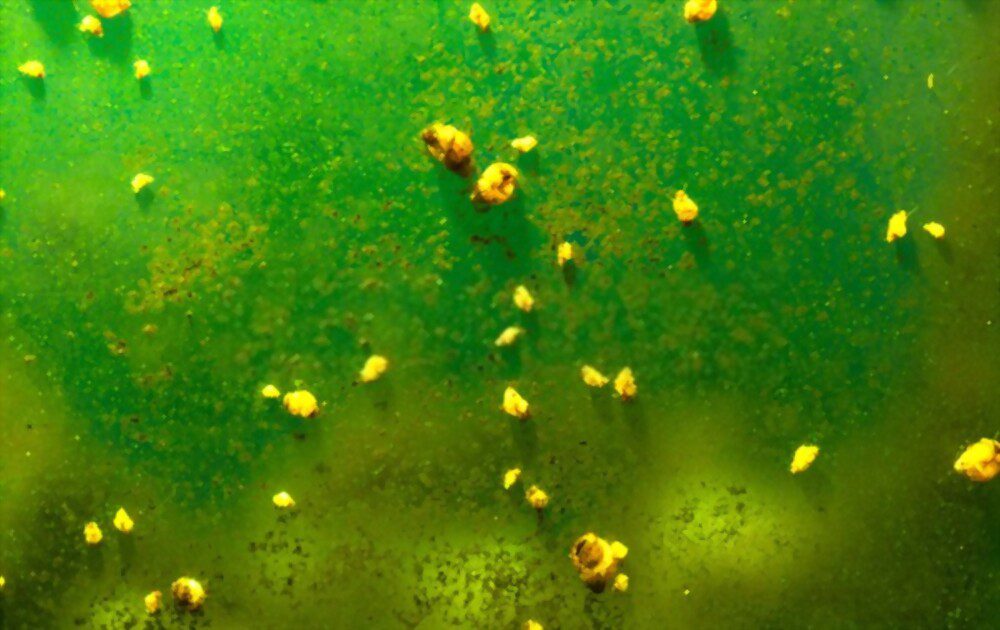
This is one of the most common causes of cloudy aquarium water, especially in new tanks that haven’t yet been fully cycled. The cloudiness happens because of what’s called a “bacterial bloom,” where certain types of bacteria go through rapid growth cycles and become visible in the form of tiny particles suspended in the water.
The bacteria that cause cloudiness are the same bacteria that help break down the waste materials in an aquarium, and they’re usually harmless to their fishy hosts.
-While there’s no surefire way to prevent bacterial blooms, you can help prevent them by keeping your aquarium clean and healthy. The best way to do this is to perform a partial water change once every two weeks or so, allowing at least one-third of the tank to be filled with fresh water before changing it.
7- Algal bloom
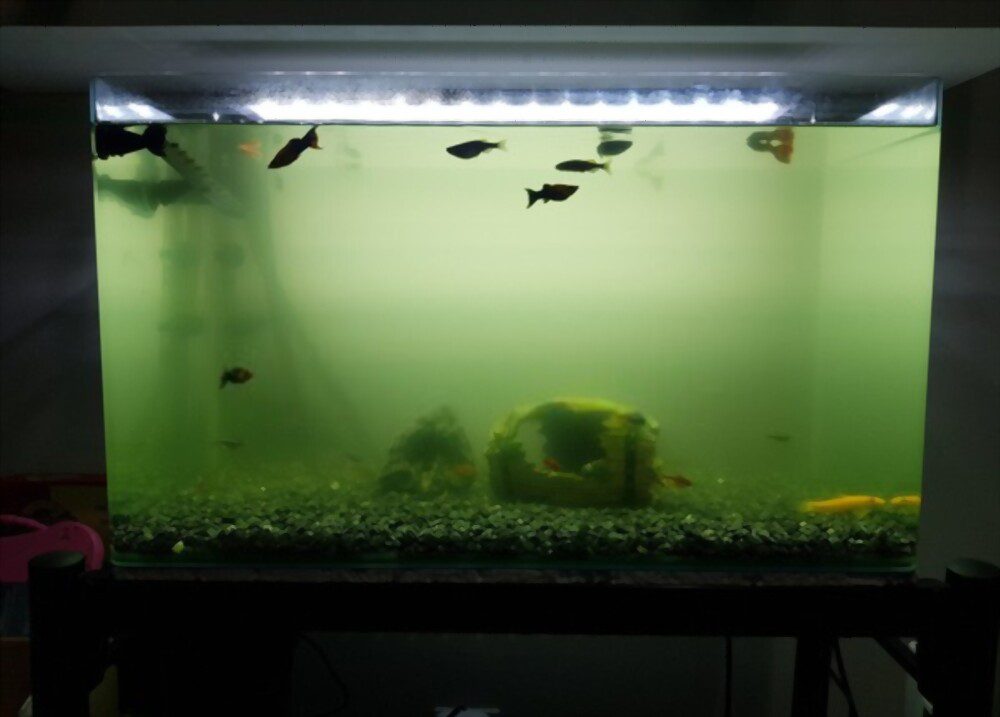
Algal blooms are also a natural process that occurs when there is an overabundance of algae in your fish tank. Algal blooms can be caused by too much light or too many nutrients in your aquarium but there’s no need to worry unless it persists for more than a week or so, at which point you should start to look into the cause of the growth and take appropriate action.
There are several types of algae that can grow quickly and produce toxins that can harm fish, other aquatic life, and even people who eat the affected fish. The good news however is that most algae have specific diets which work well with them so if you just keep an eye on their growth they should disappear without further incident.
8- Aquarium Glass
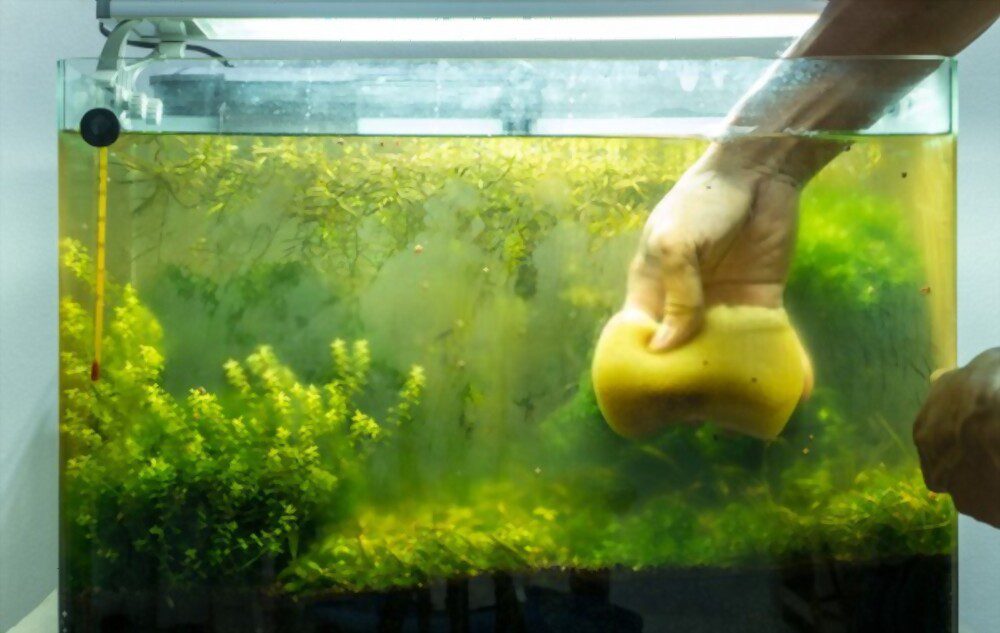
As simple as it sounds, dirty aquarium glass can be one of the reasons why your fish tank looks cloudy. You’ll want to replace the old tank water with new, clean water and give your aquarium glass a good scrubbing before refilling it with the new water.
Moreover, The aquarium glass should be cleaned regularly to remove algae, debris, and other contaminants. If you have hard water in your area, those white spots that you see on the glass are lime deposits.
9- Aquarium Substrate
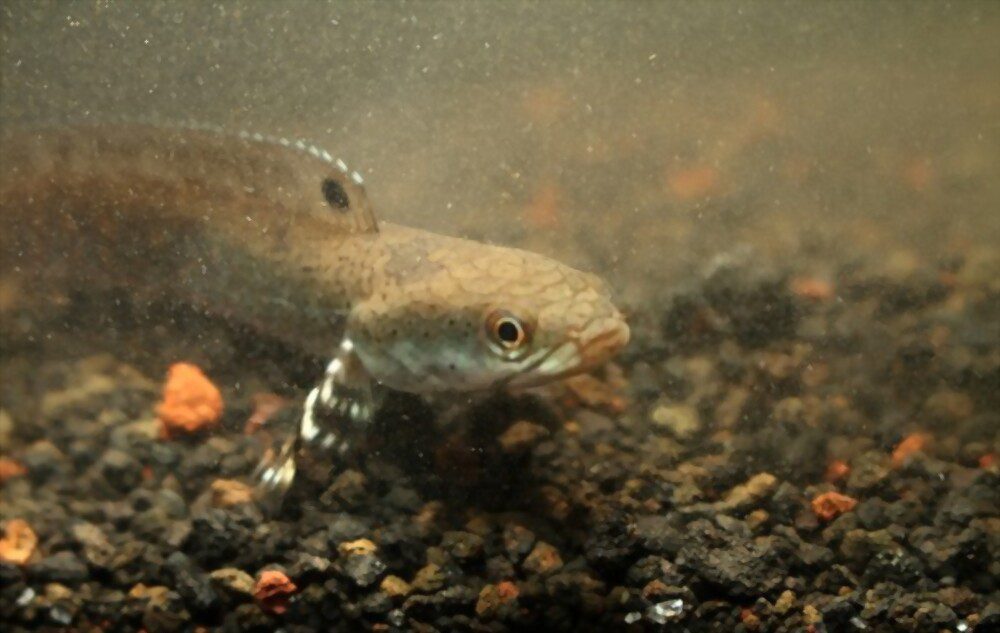
Aquarium substrate is the material used to cover the bottom of an aquarium. It keeps fish from becoming mired in it, and also helps prevent excess food from sinking to the bottom, where it can harm plants’ ornaments.
When Aquarium substrate is present in high enough concentrations, can make aquarium water look cloudy. In most cases, this is caused by agitation of the substrate either from bottom-feeders or from overzealous cleaning.
When using gravel as a substrate, it is important to be aware that the size of each particle in the substrate can vary. The larger particles are more likely to cause cloudiness due to agitation and will contribute less to plant growth than the smaller ones.
10- New Fish Tank
Sometimes after setting up a new aquarium, the water can look cloudy. This is especially true if you’ve set up a new fish tank within the past 24 hours and have just filled it with tap water.
If you’ve added a new substrate, these particles can be stirred up. This is especially true if you use sand as a substrate because it’s much more prone to clouding than gravel. The best solution for this is to simply let it settle before adding fish.
It is also very common for the water in your new fish tank to become cloudy, or even greenish or yellow. This is usually an indication that your tank has not completed the nitrogen cycle (the process by which toxic waste is broken down), or that your filter needs cleaning.
But If your water is crystal clear but the gravel and decorations are covered in a murky film, it probably means that you have a bacterial bloom. This will clear on its own in a few days, although you may want to do a water change in the meantime.
How to Make Fish Tank Water Clear?
1- Avoid Overfeeding
Overfeeding, overstocking, and overdecorating are three of the most common reasons your fish tank water can become cloudy. To keep your fish tank water clear, you should reduce the number of fish and decorations in your tank, and only feed your fish as much food as they can eat. Over time, a bacterial bloom will naturally cleanse the water of toxins, but there are some methods for speeding up this process to get your tank back to normal faster.
2- Change Tank Water More Often
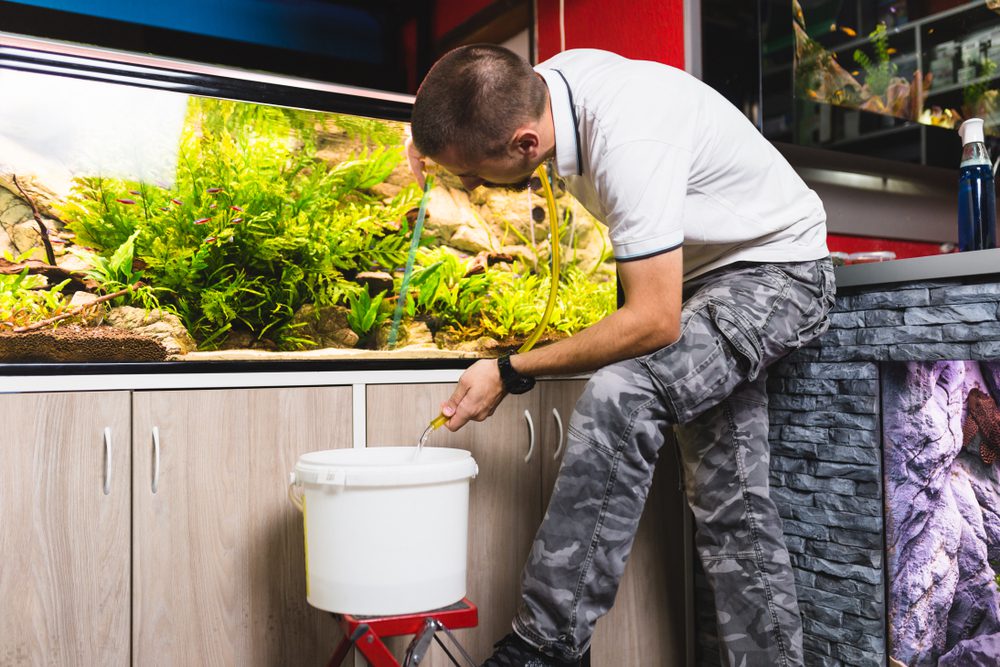
Maintaining good water quality is a critical part of successful freshwater aquarium ownership. Low water quality can cause fish illness, stress, and even death.
Since fish waste, uneaten food, and other debris build up in the aquarium over time, it’s important to change some of the water regularly to keep the tank clean. Water changes remove dirty water and replace it with fresh water that helps maintain a healthy environment for your fish.
3- Add Activated Carbon Aquarium Filter
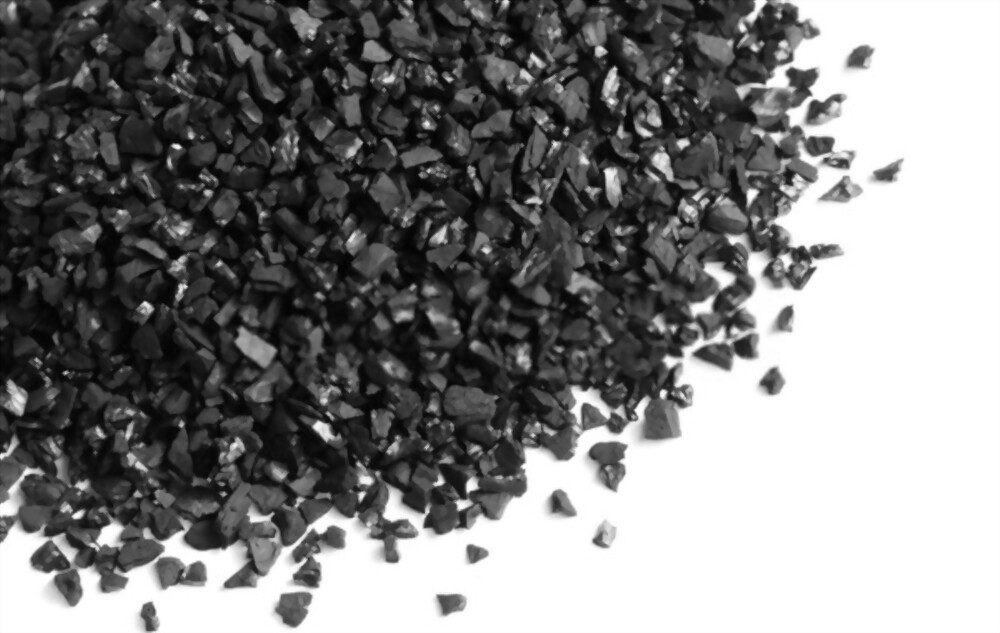
An activated carbon filter is a small chemical filter that removes organic compounds from water. This is important for keeping the aquarium water clear and free of odors. The activated carbon in the filters absorbs most organic compounds like tannin, humic acid, and other organic waste that can make fish tank water cloudy.
Activated Carbon Aquarium Filters are very easy to use because they simply hang in the back of your tank, behind any heaters or filters you already have installed. The filters work by circulating the water through the carbon, which helps remove all of the dissolved organics in the water.
4- Add Live Plants
You may also want to add live plants to keep the fish tank water clean as long as they’re not incompatible with your fish type. If you are adding new fish, make sure to quarantine them before introducing them into the tank. Many times, people will add new fish that aren’t compatible with their current stock and it will cause a chain reaction that leads to illness and stress on other fish.
When selecting plants make sure they are compatible with the size of your aquarium and that they won’t grow too large for your space.
Some good plants to start with include Java Moss, Hornwort, and Anubias Nana. If you don’t want real plants in your tank, consider using plastic ones instead. Plastic plants are less expensive and easier to maintain than live ones but they will still absorb nutrients from the water, helping to keep it clear.
5- Keep Your Aquarium Glass Clean
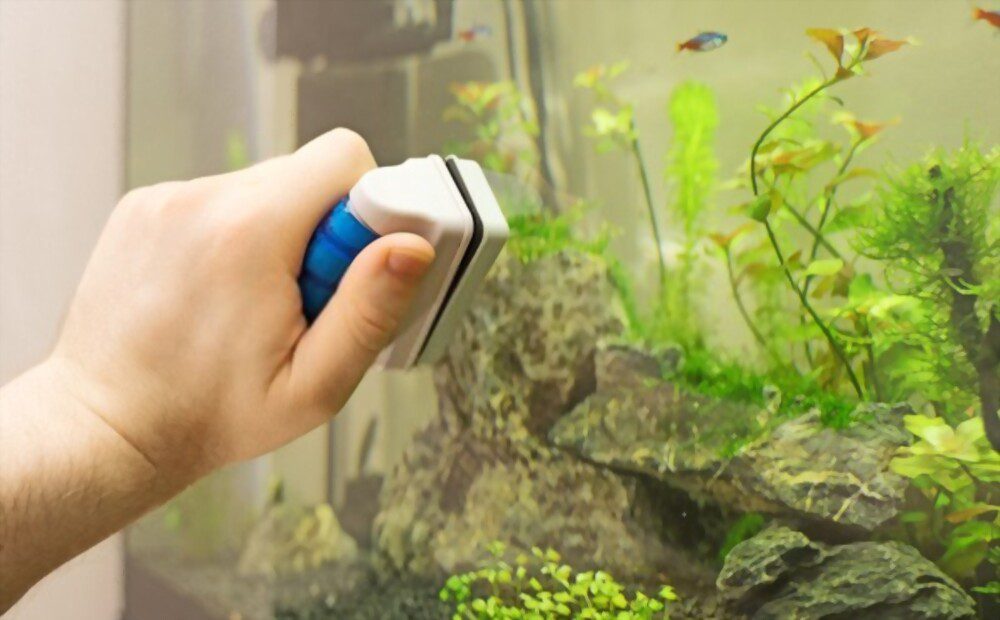
To keep the glass clean, use a magnetic glass cleaner or an algae scraper on your tank. The more you can keep up with the algae and other debris that collects on the front of the tank, the clearer your water will be.
Make sure to only clean one side of the aquarium at a time so you don’t disturb your fish. Be careful when cleaning around the gravel and decorations in your tank as some may be sharp and injure your fish.
6- Regularly Maintain Your Filter
Regular maintenance of your filter is the key to maintaining clear water in your fish tank. The filter keeps the water clean and clear by removing the dirt and debris from the tank so that the tank looks clean. It improves water quality by removing the excess food, dead plants, fish waste, and other debris from the water which can cause ammonia to develop.
You can buy highly effective aquarium filters online at affordable prices. The filters you should choose should depend on your tank size, type of fish, and whether or not you have live plants in your aquarium.
7- Avoid Overcrowding
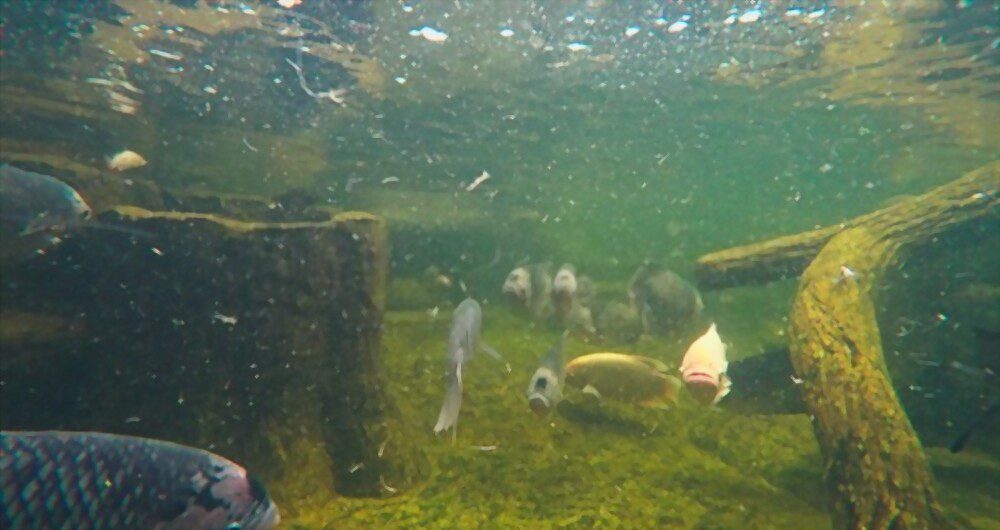
Overstocking, the tank will lead to overfeeding and excess food causing bacterial blooms that cloud the water. It is also recommended never to overfeed fish as this will cause excess waste and uneaten food that can rot away in the tank.
The typical fish tank is about 3 feet long and 2 feet wide. This allows a few inches of space for the fish to swim around the plants and decorations. If you fill up all that space, your fish will have less space to swim around.
9- Provide Quality Light
The type and quality of light that is used for lighting the fish tank are of great importance. It will have a direct effect on the growth of algae and water clarity.
You should use a full spectrum fluorescent light that has a 5000 to 7000 Kelvin rating. This rating indicates the intensity and color of the light that is being emitted by the fixture.
Make sure that you are using the proper wattage for your tank size.
A good rule of thumb is to use 2 watts per gallon (2WPG). You can also install a timer so that you can control when your aquarium lights turn on and off every day.
If you are keeping live plants in your aquarium then it is important to use lights that emit a full spectrum of light including reds and blues, as they will help with photosynthesis.
Few Common Questions (FAQs)
Is Cloudy Water Bad For Fish?
Cloudy water in a fish tank or fishbowl is not necessarily harmful to the fish, but it can be harmful in a few situations.
Fish produce waste and it is toxic, so that is the first reason why cloudy water can be bad. If you don’t clean your aquarium on a regular basis, then the waste will accumulate, causing cloudy water.
Cloudy water in your fish tank could also be caused by having too much food in there. Just like with human food, if you leave it out for too long it gets spoiled and begins to smell bad.
Another cause of cloudy water is people putting their hands in the tank too often. The soap and dirt from your hands can cause the water to become cloudy and also be harmful to your fish.
If you find that your aquarium water is cloudy and dirty, you should probably clean it out before trying to put any new fish in. However, if the cloudy water is caused by too much food then cleaning it won’t solve the problem unless you remove some of the food from the tank as well.
Will A Filter Clear Cloudy Water?
The answer is yes, it will clear the cloudy water.
Aquarium filters remove the physical particles and solid waste from your aquarium. When these particles are removed from the water, your aquarium becomes clearer.
It’s important to know that not all filters can clear the cloudy water. A filter must be able to circulate the entire tank volume at least 3 times per hour for proper filtration.
Can Driftwood Make My Tank Cloudy?
The short answer is yes, driftwood can make your tank cloudy for a few days.
The long answer is that it’s not the driftwood causing the cloudiness, but rather the tannins in the driftwood.
Tannins will leech into the water and you will notice a distinct yellowish tint. This can also contribute to lowering the pH of your water, but this is just as easily fixed by doing a water change.

